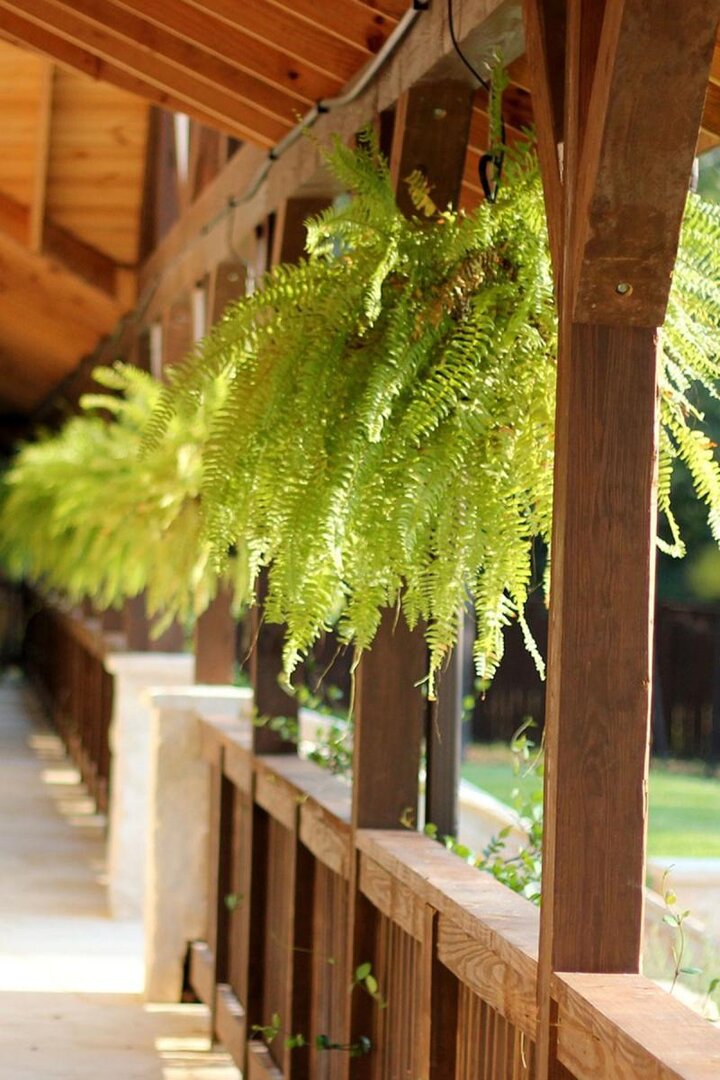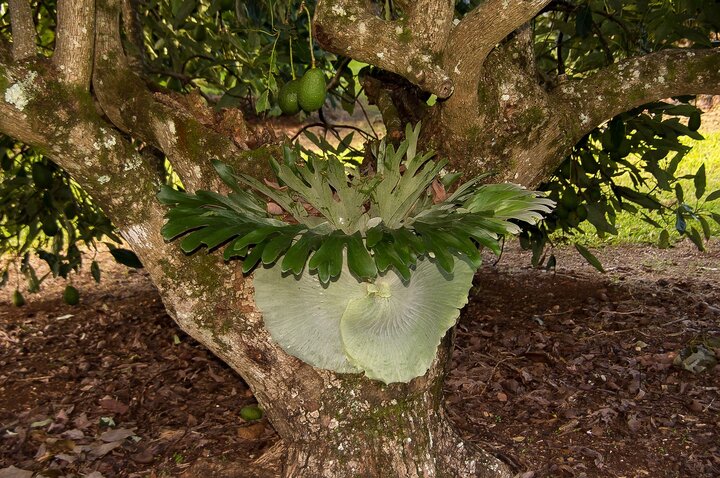Sarah Browning, Nebraska Extension Educator

Dry air is the biggest obstacle to growing ferns as houseplants. Image by Pixabay.com
A Boston fern that's green and gorgeous when you bring it home won't stay that way long unless you can meet its need for humidity.

Using humidifiers to increase the moisture levels in one room or the whole house benefits not only ferns but also parched nasal passages, glued joints in furniture, and cats and people who walk on wool carpeting, but this tends to be the most expensive alternative to dry air. There's an initial outlay for the equipment, the cost of the energy needed to operate it and, with room units, a certain amount of tending required to keep them functioning.
How successful attempts to humidify the air can be depends to some extent on the number and type of windows in a room or house and the presence of other cold surfaces that can take water out of the air as fast as a humidifier adds it.
A low-cost, low-tech approach is simply to put ferns in an area of the house where humidity levels are naturally higher, such as a bathroom or the kitchen.
Double-potting plants is another way to add moisture to the air around them. To do to this, set the plant pot inside another, larger container and fill the space between them with peat or vermiculite and add water as needed to keep it moist. Setting individual pots or groups of plants on a tray of wet gravel accomplishes the same thing -- creating a moist microclimate around plants.
Misting plants produces only a temporary increase in humidity. Even misting several times a day has little benefit, and keeping the foliage wet this way can even promote disease development.

The brown spots that develop on the undersides of fern fronds are no cause for alarm -- these are sporangia, the structures that produce the spores by which ferns reproduce.
Images by Pixabay.com
The auther would like to acknowledge the contribution of Don Janssen, UNL Extension Educator who authored the first edition of the publication.
Search Our Archive
Associated Video
Shade Plants
Nebraska Extension Landscape Horticulture Specialist Kim Todd gives some suggestions for plants that love growing in the shade.